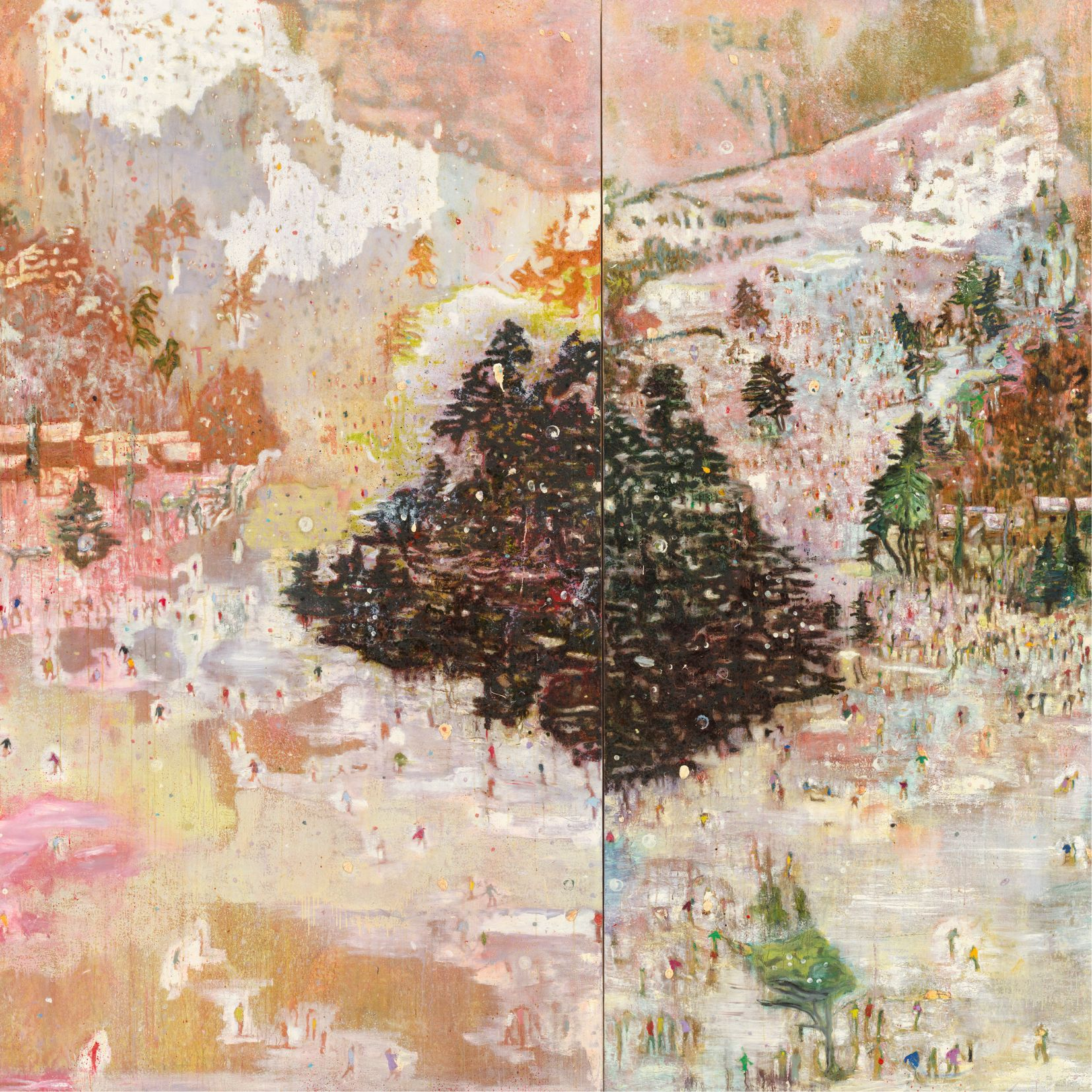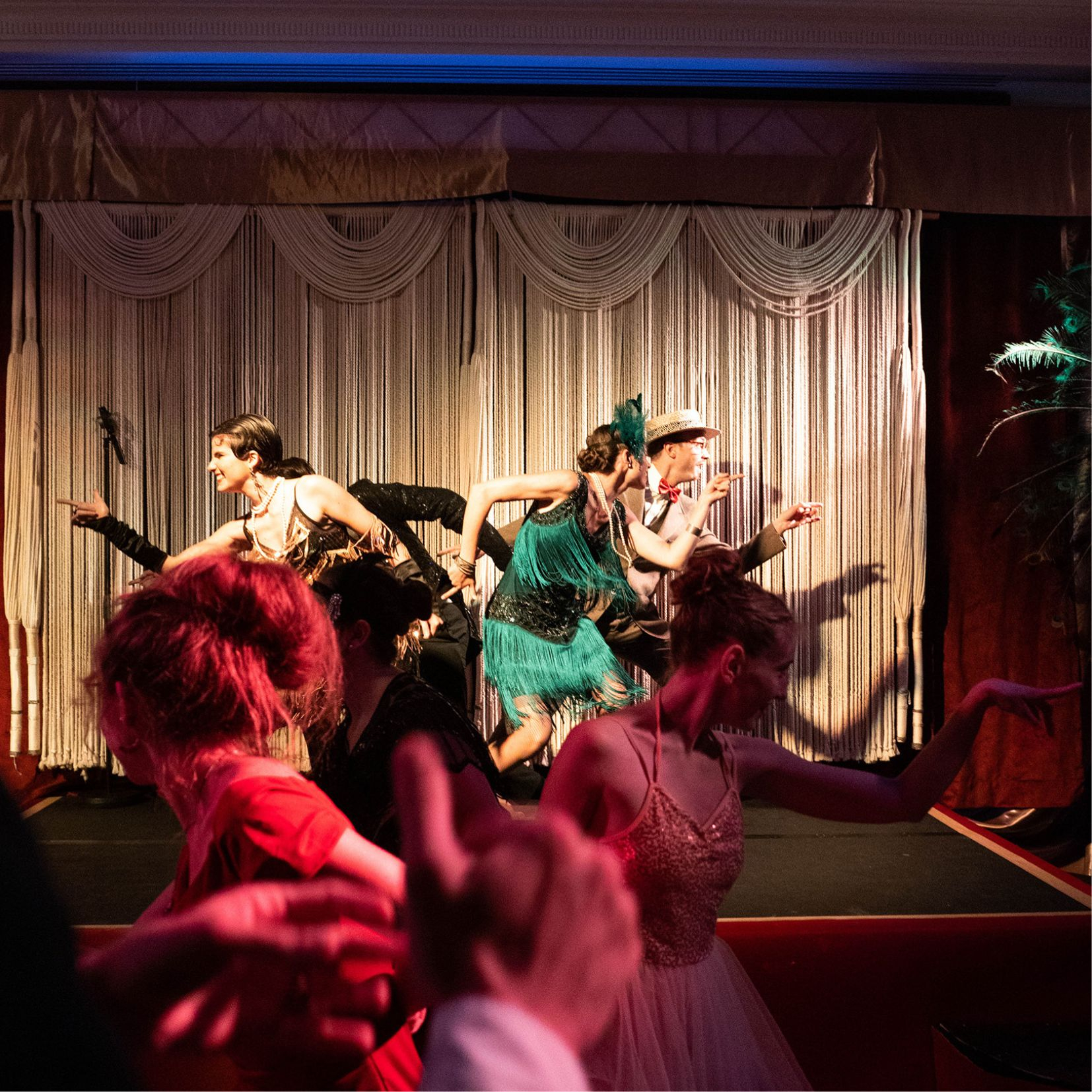Monet en pleine lumière
“What was important for Monet was to paint in the moment.”
The Monaco-born art historian Marianne Mathieu has curated this summer’s major Claude Monet exhibition at the Grimaldi Forum Monaco. We interviewed her alongside the works the great artist painted in the South of France.
by Tanja Stojanov

Nymphéas avec reflets de hautes herbes, 1897. Huile sur toile,130 x 200 cm. Collection Nahmad. © Collection Nahmad

Les Villas à Bordighera, 1984 Huile sur toile 116,5 x 136,5 cm | Paris, Musée d’Orsay Photo. © Musée d’Orsay, Dist. RMN-Grand Palais / Patrice Schmidt
The Monaco-born art historian Marianne Mathieu has curated this summer’s major Claude Monet exhibition at the Grimaldi Forum Monaco. We interviewed her alongside the works the great artist painted in the South of France.
Where do the exhibition paintings
come from?
For an event of this size, we had to bring in paintings from outside France. A world map at the entrance shows the location of all the lenders and tells the story of the Impressionists and their early collectors. There were a handful of French buyers, but the painters only began to make a living from their art because of the Americans who took an interest in their work from the 1880s/1890s. So it all began in France and America but has since extended to other countries. We have 100 works here, 22 of which were painted in the Riviera and have been brought together for the very first time. There are paintings from the UK, Germany, Spain, Monaco and some of his final works from the Marmottan-Monet museum in Paris.
Tell us about Monet in Monaco
He came here in December 1883, having set up home in Giverny that year. At the time, he was well-known in the tight-knit art community for painting light-coloured outdoor scenes in a style that was considered imperfect, unfinished and impressionist, which was a pejorative term back then. He had had only one solo exhibition, in 1880, and was desperately in need of money. His art dealer, Paul Durand-Ruel, suggested he did something new with different subjects. At the instigation of one his great friends, Renoir, he set off on a tour of the Riviera, from Genoa to Marseille, punctuated by return trips to Paris. He painted two magnificent views of the Principality and his Head of the Dog before settling in Bordighera because he found Monaco overcrowded. Here, he produced more paintings in three months than in a year and realised he could take them back to his garden to finish.
You seem to be saying that these trips also changed the way he painted. In what way?
Yes. Monet returned to Antibes in 1888 and something quite radical happened to the way
he worked. The tradition was to paint two effects for every subject, as you can see in
the Head of the Dog. With the help of a porter, Monet took all his paraphernalia to Strada Romana in Bordighera because he wanted to wait for the right moment so he could capture the right light. He spontaneously produced three views of Château Grimaldi in Antibes and by the time he returned to Giverny, that had become his modus operandi. At the age of 48, having spent years chasing the light, he decided to stay put and produce series, and so we have Oysters, Haystacks and Cathedrals. The Water Lilies marked a new stage in his painting career. He stayed in his garden and changed perspective. Head down, he painted fragments of nature’s spectacle reflected in water.
How will you help visitors really get a feel for Monet’s work?
Sound effects lead us into this immersive exhibition. In the first room, we find four masterpieces, two different versions of The Cabin of the Customs Watch and Argenteuil Bridge, each painted several years apart. The message here is that Monet didn’t just focus on a motif, he captured the moment. Visitors can discover his letters and the places he visited thanks to an interactive table and projector in the third room. This is not a retrospective but a monograph exhibition with visual and sensory effects. The focus is on the early landscapes and early series he started in the Riviera. In the penultimate room, we have two magnificent Water Lilies surrounded by period photos. Monet did not paint this harmonious world because he was an old man who no longer wanted to leave his garden. It was a political response to the Second World War.
Marianne Mathieu, commissaire de l'exposition.

Rochers au bord de la Méditerranée, 1888 Huile sur toile 65,1 x 81,3 cm Columbus Museum of Art, Ohio Legs de Frederick W. Schumacher.


Au Pont d'Argenteuil, 1874 I Huile sur toile 53,7 x 72,1 cm Saint Louis Art Museum Don de Sydney M. Shoenberg Sr., 45:1973.



























 Côteweb 2021, création de site Internet sur Nice
Côteweb 2021, création de site Internet sur Nice